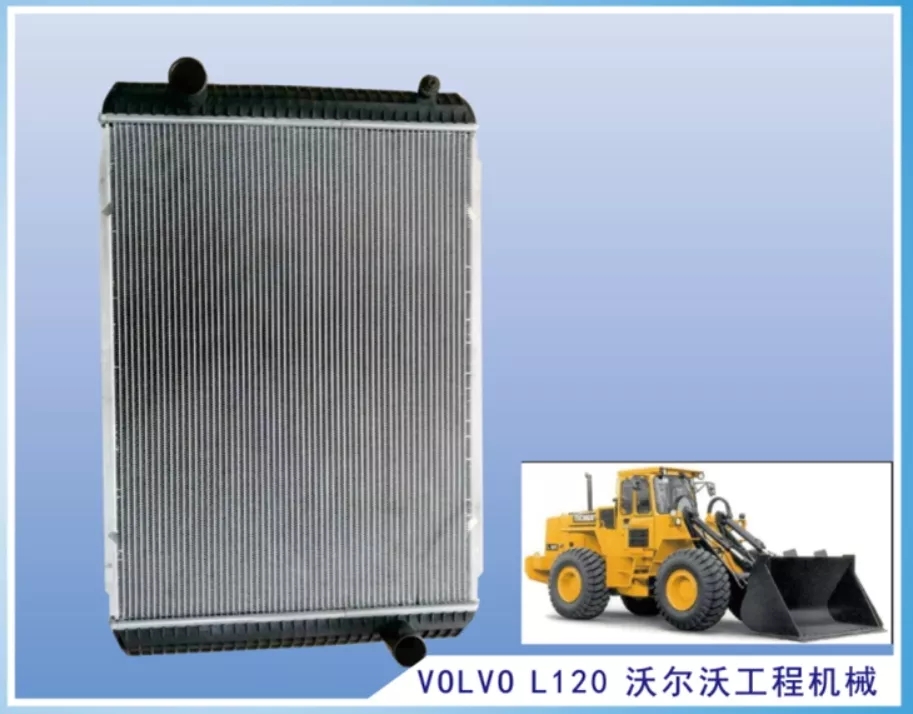

RADIATORS
A radiator is the part of the engine cooling system that excess combustion heat is lost to atmosphere by means of forced convection using a circulating liquid such as water or water/glycol to affect heat transfer.

WHAT DO THEY DO?
The primary function of the radiator is to transfer waste heat energy to the cooling air at a rate that will maintain the safe operating engine coolant temperatures. The processes that accomplish this are convection, conduction, and radiation. These processes are dependent upon 3 variables:
• The existence of temperature differences between liquid and air
• The existence of temperature differences between coolant and air flow
• The design of the heat transfer surfaces to maximize their potential
RADIATOR CORE
The radiator core is the heat exchanger portion of the radiator assembly. It consists of three
parts:
• Tubes
• Fins (flat fin or tubular) or serpentine
• Header sheet bonded together mechanically or metallurgically

TYPES OF CORE
• Downflow
• Crossflow
• Low Flow
• Split Flow
• Folded
The structural forms of the radiator core mainly include two types: tube belt type and tube fin type. The tube-belt radiator is made of corrugated heat-dissipating belts and cooling pipes arranged alternately and welded together. Like louvers, the heat-dissipating belts also have small holes to disturb the airflow, which are used to destroy the adhesion layer of the flowing air on the surface of the heat-dissipating belts. Increase the cooling area and improve the cooling capacity. The core of the tube-fin radiator is composed of many thin cooling tubes and cooling fins. Most of the cooling tubes adopt oblate cross-sections to reduce air resistance and increase heat transfer area.
In short, the requirements for the core of the radiator are still very strict. It must have a large enough area, which can not only facilitate the passage of coolant, but also facilitate the circulation of as much air as possible, and must also be conducive to heat dissipation to the greatest extent.
For more radiator information, please pay attention to the official website:www.radiatortube.com